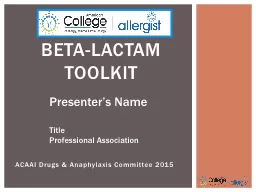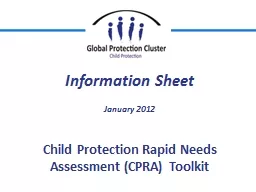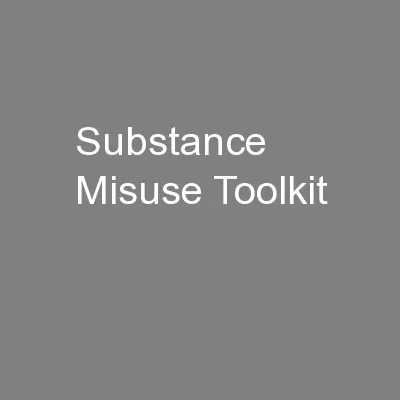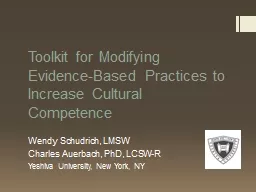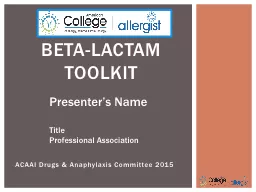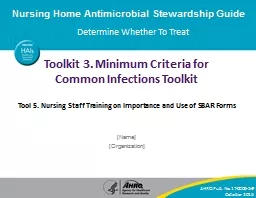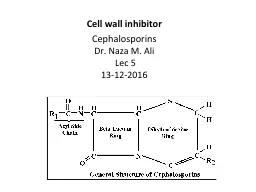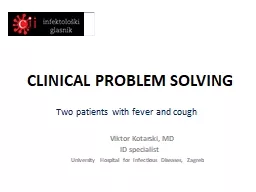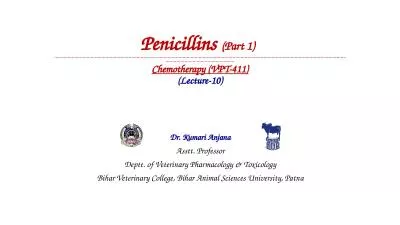PPT-Beta-Lactam Toolkit ACAAI
Author : natalia-silvester | Published Date : 2018-10-22
Drugs amp Anaphylaxis Committee 2015 Presenters Name Title Professional Association Maria Gonzalez Maria is a 55 yearold female with recurrent acute sinusitis
Presentation Embed Code
Download Presentation
Download Presentation The PPT/PDF document "Beta-Lactam Toolkit ACAAI" is the property of its rightful owner. Permission is granted to download and print the materials on this website for personal, non-commercial use only, and to display it on your personal computer provided you do not modify the materials and that you retain all copyright notices contained in the materials. By downloading content from our website, you accept the terms of this agreement.
Beta-Lactam Toolkit ACAAI: Transcript
Download Rules Of Document
"Beta-Lactam Toolkit ACAAI"The content belongs to its owner. You may download and print it for personal use, without modification, and keep all copyright notices. By downloading, you agree to these terms.
Related Documents

